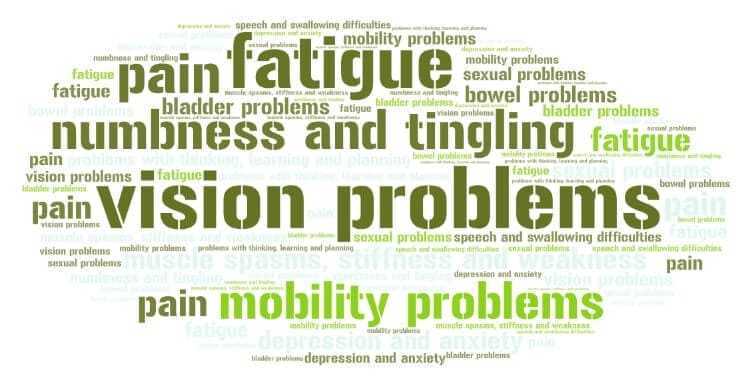Practical Considerations

Recreation and Travel
One of the most frustrating aspects of chronic illness or disability is the effect it has on leisure-time activities. Just when a person would benefit most from the relaxation, enjoyment, and socialization that come from recreation,he is limited in what he can do. It is important, however, despite whatever limitations may exist, to maintain existing or find new interests.
Although it is understandable that a person may be discouraged from or inhibited in associating with old friends or in trying out new partners, it is wise to do so. Some multiple sclerosis chapters sponsor summer programs for people with M.S. to facilitate this necessary interaction. An example is the family week at a summer camp that the Massachusetts M.S. Chapter offers in New Hampshire each year.
There is also a network of horseback riding programsfor the physically challenged. Many people with M.S. find that riding builds back abdominal muscles, strengthens weak legs, and is a terrific source of self-confidence.
There are also groups throughout the country that provide instruction and modified equipment for skiing, bicycling, and just about every other sport. Marathon spectators have become accustomed to seeing competitors on crutches or in wheelchairs arriving at the finishline. For the sports and exercise enthusiast with multiple sclerosis, much is available.
Travel for a person with M.S. has never been easier. Although it is never simple—you must take the time to check out what is available and from whom—you will find that many airlines, airports, trains, and car rental companies offer services to make your journey more comfortable and, indeed, possible. There are also increasing numbers of books, newsletters, and organizations that provide information about the best sites to visit, restaurants, accommodations, shopping areas, and means of transportation for people with limited mobility.
It is also wise to make sure that you will have access to any personal care or medical equipment or services you may need when you travel. Often, purchasing supplies prior to departure will take care of potential problems. Ingeneral, writing or calling ahead for what you need toknow to enjoy your travel experiences is good advice.Also, there may be people you know with some disabilitywho have traveled and can offer some thought aboutwhat works and what doesn’t, precautions to take, andgood bets for enjoyment.
Housing
Many people with multiple sclerosis find that some modification of their home helps make daily life more convenient, comfortable, and safe. The addition of a ramp or lift for a wheelchair helps make it easier to get outside. For some individuals, grab bars or safety mats inthe shower make a difference. For others, remodeling an existing bathroom is often necessary for additional convenience, and moving a laundry room to the same floor as the bedrooms can conserve energy and add to efficiency.
There are many products on the market to help people work faucets, open doors, and operate appliances. Local M.S. chapters as well as many other organizations for the physically challenged can help you identify and obtain the resources you need, including architects and contractors who can modify your living space to meet your needs.
Some people may have to change location. Transportation may be a problem, there may be resistance on the part of the landlord to making structural changes, or stairs may be too difficult to negotiate. Again, local M.S. chapters, hospital social workers, community agencies, and clergy can help people locate appropriate housing. For individuals who live alone, one solution may be cooperative living arrangements with other people. Whatever the circumstances, the extended family is obliged, we believe, to help create an enjoyable and suitable living situation.
Transportation and Access
Getting around as much as possible with a minimum of inconvenience is the goal of all people with a physical disability. In the past, the major obstacle to maximizing one’s mobility has been the architectural barriers to full access to public and private facilities, including sidewalks, stairways, offices, and stores.
A second roadblock to going where one wants to go has been a lack of accessible public transportation and affordable adapted vehicles. Many of these difficulties are being eliminated, although often at too slow a pace, through force of law, public support, and awakened and aggressive consumer demand. But there are still too many unnecessary barriers of all kinds that thwart the most determined person in a wheelchair.
Wheelchairs are lighter now and some are made especially for transportation in a car trunk or station wagon. More people than ever before drive vehicles with adaptive equipment and as the ease of use rises, the cost for such equipment will drop. A book from the American Automobile Association, The Handicapped Driyefs Mobility Guide, describes and lists laws, adaptive equipment and vehicles, and financing sources available for the physically challenged driver.





